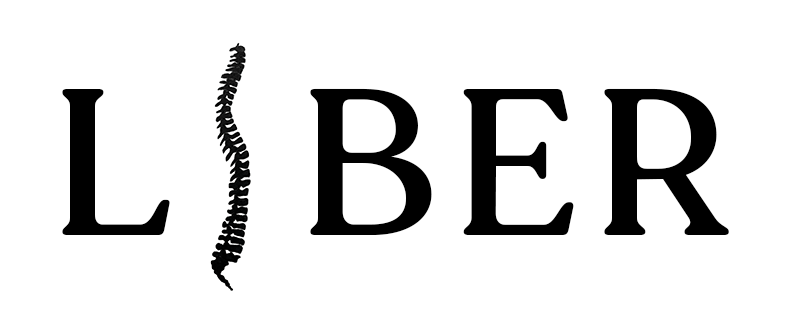
The Virgin Mary is surely the most written, painted, sculpted, and sung-about woman in Western history, but she appears in just a few passages in the
Bible—always in the context of her more famous son. Did she have more children? Did she and Joseph love each other? What did her neighbors think of her (“That Mary—she thinks she’s so special!”)? Christian tradition frames her as the perfect, sinless woman, but what does that mean, exactly? Sacrificing yourself for others? Being docile and deferential? Endlessly loving and forgiving? As a model for women, she’s a bit problematic. There’s that virginity, for one thing.
It’s hard to see Mary except through the eyes of men, for way too many of whom she’s a kind of Christian MILF—a beautiful young mother who accepts her lot with grace and is rewarded for it in Heaven. If women had painted half the pictures and written half the books for the last two thousand years, we might have a more complicated portrait.
In this gorgeous suite of poems, each paired with a famous painting, Mary Jo Bang lets Mary speak for herself. This Mary time travels, mocks the Church, is occasionally obsessed with death (as you would be, too, if you were two thousand years old), and is oh-so-tired of her blue dress. She’s salty, ironic, fedup, exasperated, maybe a little depressed—and why not? You can read Botticelli’s The Annunciation as a kind of rape—what if she had said, No, thank you, mister, I’m only twelve? According to legend, Mary was raised in the temple from the age of three. Maybe her pregnancy was an ordinary human rape by one of the temple priests, “someone whose warm breath on my neck I wasn’t allowed to say no to,” as Bang writes in “Unplanned Is More or Less Than Expected.” The corresponding painting, Piero della Francesca’s Madonna del Parto, is, interestingly, one of the few to show Mary pregnant.
She doesn’t look very happy.

